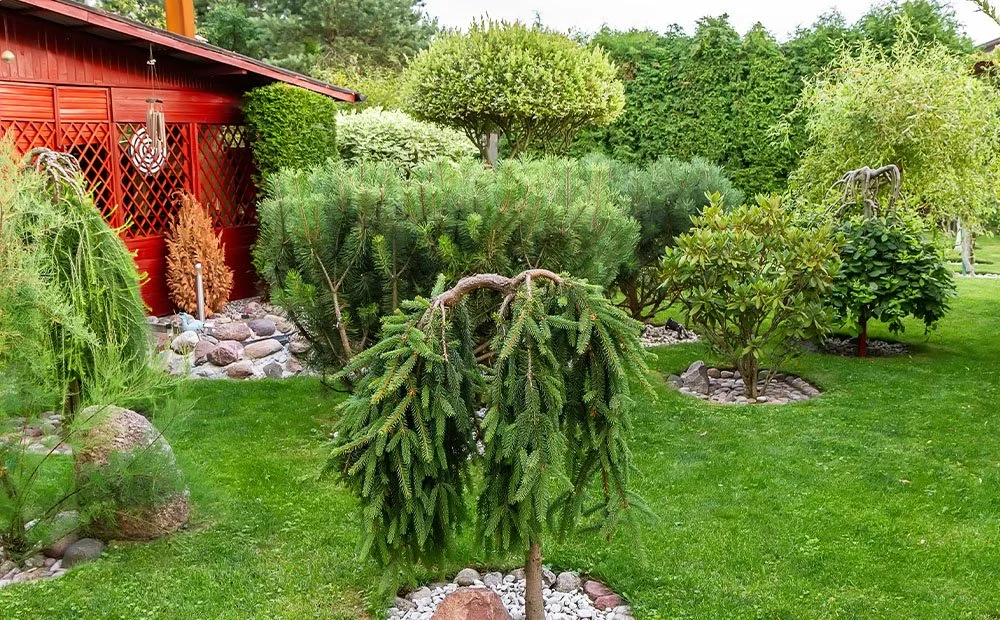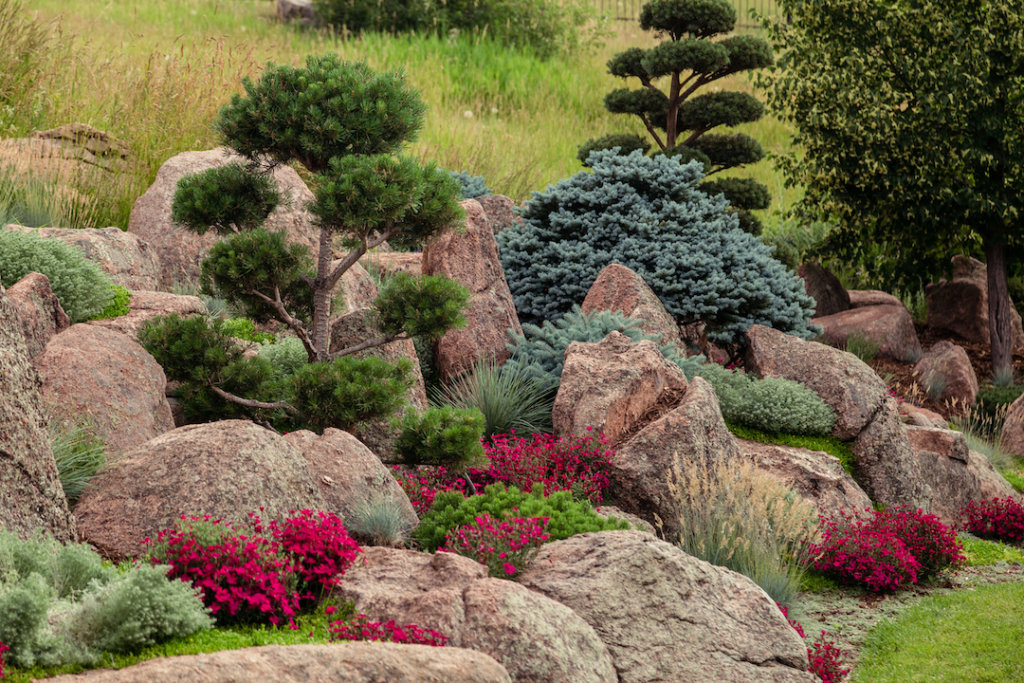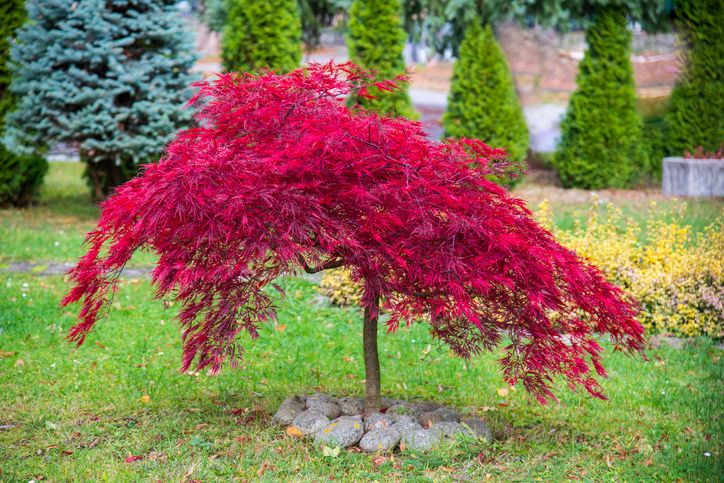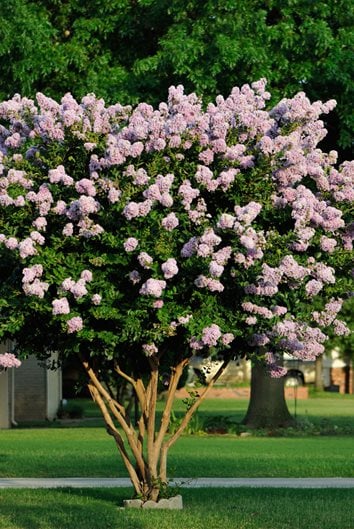When it comes to landscaping, the right trees can transform your outdoor area from bland to beautiful. Decorative trees not only add visual interest but also enhance the overall aesthetic and ecological value of your garden. With my personal experience in landscaping and gardening, I’ve learned that the choice of trees can make all the difference. Whether you are aiming for color, texture, or size, the perfect decorative tree awaits. Let’s delve into the world of decorative trees and discover how they can elevate your landscape.
Understanding Decorative Trees
Decorative trees, also known as ornamental trees, are primarily chosen for their aesthetic appeal rather than their fruit or wood. These trees are perfect for adding dimension, shade, and color to your garden. They can range from flowering species to evergreen varieties, each with unique characteristics and visual benefits. Here’s a closer look at why these trees are essential in landscaping.
Benefits of Decorative Trees
- Aesthetic Appeal: Decorative trees provide structure and beauty, enhancing your garden’s design.
- Ecological Benefits: They contribute to local biodiversity, providing a habitat for wildlife.
- Shade and Comfort: Many decorative trees offer cooling shade, making outdoor spaces more enjoyable during hot months.
- Property Value Increase: Well-landscaped properties with beautiful trees often see an increase in market value.
- Environmental Impact: Trees improve air quality and reduce noise pollution.
Choosing the Right Decorative Trees for Your Landscape
Selecting the right decorative trees involves considering several factors including your climate, soil type, available space, and personal style. Here are some considerations to keep in mind:
Climate Considerations
Different trees thrive in different climates. Here’s a quick guide to help you understand which trees might suit your environment:
| Climate Zone | Suggested Decorative Trees |
|---|---|
| Tropical | Bamboo, Royal Palm, Plumeria |
| Temperate | Cherry Blossom, Red Maple, Dogwood |
| Arid | Palm Trees, Olive Trees, Mesquite |
| Cold | Birch, Spruce, Japanese Maple |
Soil and Space Considerations
Before planting, assess your soil quality and determine how much space you have. Large trees need ample room to grow both above and below ground, while smaller trees may work well in tighter spots.

Personal Aesthetic and Style
Consider your taste and the existing design of your landscape. Creating a harmonious look often involves choosing trees that complement your home and other plants. For instance, pairing a flowering tree with evergreen varieties can create a stunning contrast through the seasons.
Popular Types of Decorative Trees
Here are some popular decorative trees that can add charm to your landscape:

Flowering Trees
Flowering trees are a favorite among gardeners due to their vibrant blooms and pleasant scents. These trees typically bloom in spring but may also have fall foliage.
- Cherry Blossom: Known for their stunning pink flowers, cherry blossoms symbolize renewal and the beauty of nature.
- Magnolia: With large, fragrant flowers, magnolias are a great choice for adding a southern charm to your garden.
- Crape Myrtle: These trees are not only beautiful but also resistant to drought and pests.
Shade Trees
Shade trees provide relief from the sun, making them perfect for patios and outdoor seating areas.
- Red Maple: A fast-growing tree with brilliant fall foliage.
- Oak: Iconic for their strength and longevity, oak trees provide ample shade.
- Linden: These trees have a soothing fragrance and dense foliage.

Evergreen Trees
Evergreens provide year-round beauty and can serve as windbreaks or privacy screens.
- Pine: Offering a classic structure, pine trees are perfect for many landscapes.
- Spruce: Known for their conical shape, spruce trees can add symmetry to your garden.
- Holly: These bushes or small trees add vibrant berries in winter.
Comparison of Tree Types
| Tree Type | Benefits | Drawbacks |
|---|---|---|
| Flowering Trees | Beautiful blooms; fragrant | Short bloom period |
| Shade Trees | Provides cooling shade | Space requirements |
| Evergreen Trees | Year-round greenery | Limited flowering |

How to Care for Decorative Trees
Caring for your decorative trees is crucial for their longevity and beauty. Here are some essential tips:
Watering Requirements
Most young trees need regular watering to establish their roots. Ensure you’re not over or under-watering—aim for a deep watering once a week during dry periods.

Pruning
Regular pruning helps maintain the shape of the tree and encourages healthy growth. Prune during the dormant season to promote new growth in the spring.
Soil and Fertilization
Ensure your trees are planted in well-draining soil. Consider using organic fertilizers during the growing season to provide essential nutrients.

Design Tips for Using Decorative Trees in Landscaping
Utilizing decorative trees effectively can significantly enhance your landscape. Here are some design tips:
Layering Your Landscape
Use trees of varying heights to create depth. Taller trees can be positioned at the back of a flower bed, with smaller shrubs or flowers in front to create a layered effect.
Creating Focal Points
A single ornate tree can serve as a focal point in your garden. Consider placing it in a prominent spot, such as near an entrance or at the end of a pathway.
Planting in Groups
Planting trees in groups can create an impressive visual impact. Choose a mix of textures and colors to create a vibrant scene.
Common Challenges in Growing Decorative Trees
While decorative trees can beautify your landscape, they can also pose certain challenges. Here are some common issues gardeners face:
Pests and Diseases
Be on the lookout for common pests and diseases that may affect your trees. Regular monitoring and early intervention can save your plants.
Environmental Stress
Extreme weather can impact the health of decorative trees. Protect them from harsh conditions by ensuring proper drainage and providing shade when necessary.
Space Constraints
As trees grow, they may outgrow their locations. Consider potential height and spread before planting to avoid having to remove them later.
FAQs About Decorative Trees for Landscaping
What are the best decorative trees for small gardens?
Some excellent choices for smaller gardens include Japanese Maple, Dogwood, and Crape Myrtle. These trees provide beauty without overwhelming the space.
How often should I water my decorative trees?
Newly planted trees should be watered deeply once a week. Established trees typically require less frequent watering, but it’s crucial to check soil moisture regularly.
When is the best time to plant decorative trees?
Early spring or fall is generally the best time to plant decorative trees, as the weather is milder and allows for better root establishment.
Can decorative trees survive in pots?
Yes, many decorative trees can thrive in pots, especially dwarf varieties. However, ensure the pot is large enough and has drainage holes.
Do decorative trees require special maintenance?
While most decorative trees require regular watering and occasional pruning, specific care may depend on the species you choose. Always research the needs of your selected tree.
Conclusion
Decorative trees are a wonderful addition to any landscape, providing beauty, shade, and ecological benefits. With careful selection and maintenance, these trees can enhance your outdoor space for years to come. Whether you prefer the vibrant blooms of flowering trees or the year-round beauty of evergreens, there’s a decorative tree that can fit your landscape needs. Happy gardening!